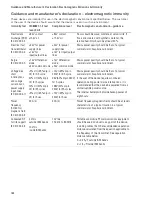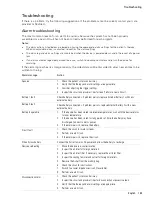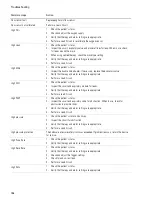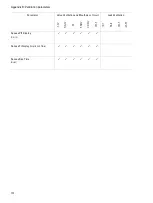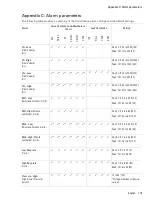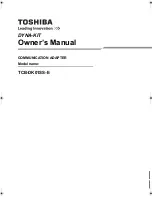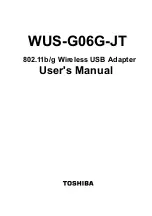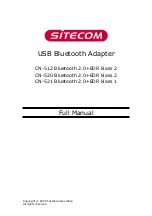
Recommendations for suctioning
164
Recommendations for suctioning
Suctioning involves application of negative pressure (vacuum) to the airway through a catheter tube to
remove airway secretions causing airway obstruction.
Astral supports two methods of suctioning based on the selection of catheter
open and closed.
The need for suctioning can be detected by the ventilator through:
•
Increased peak inspiratory pressure during volume-controlled ventilation. To detect this condition,
appropriately configure the High Pressure alarm.
•
Decreased tidal volume during pressure-controlled ventilation. To detect this condition, appropriately
configure the Low Vti alarm
•
A deterioration of oxygen saturation. To detect this condition, use a Pulse Oximeter and appropriately
configure the Low SpO
2
alarm.
If patient pre or post suctioning oxygenation is required, it can be achieved by the following means (or a
combination of the following means):
•
adjusting the low flow oxygen input to increase delivered FiO
2
•
patient hyperventilation using the Astral Manual breath feature (take care to allow sufficient
exhalation time to avoid breath stacking).
SpO
2
monitoring can be used during pre and post oxygenation, during and after suctioning to assess the
patient condition.
For
open suctioning
, the ventilation circuit may be temporarily disconnected to allow suctioning. Due to
this disconnection the PEEP, Low Inspiratory Pressure, and/or Minute Ventilation alarms may be
triggered. Press
to pre-silence alarms for two minutes.
To facilitate suctioning, the SpO
2
and Pulse rate monitors continue to display if ventilation is temporarily
stopped.
For
closed suctioning
, due to the vacuum pressure applied while ventilating, Tidal volume, Minute volume
and/or PEEP alarms may be triggered. Press
to pre-silence alarms for two minutes.
CAUTION
Following open or closed suctioning, restore the patient circuit and check ventilation is correctly
restored.
To assess the patient condition and the effectiveness of the secretions removal, peak inspiratory flow
(during pressure-controlled ventilation), peak inspiratory pressure (during volume-controlled ventilation) or
tidal volume during pressure-controlled ventilation, as well as SpO
2
can be monitored.
Astral places no restrictions on which ventilation mode is used while suctioning. Astral may respond
differently depending on the mode and therapy settings. It is recommended that the 'expected response'
is clearly documented in the patient care plan.
Summary of Contents for Astral 100
Page 1: ...Clinical guide English ...

